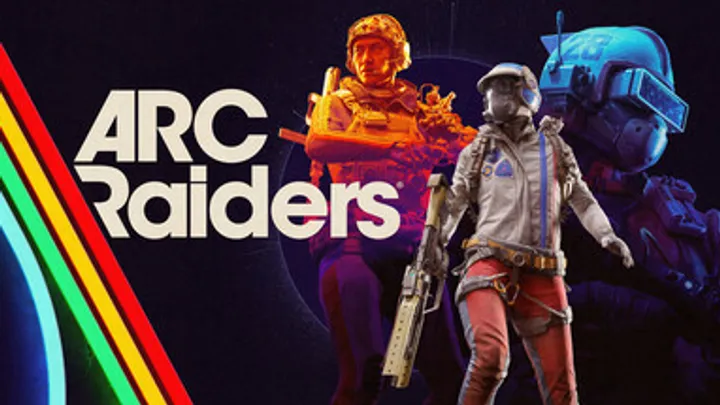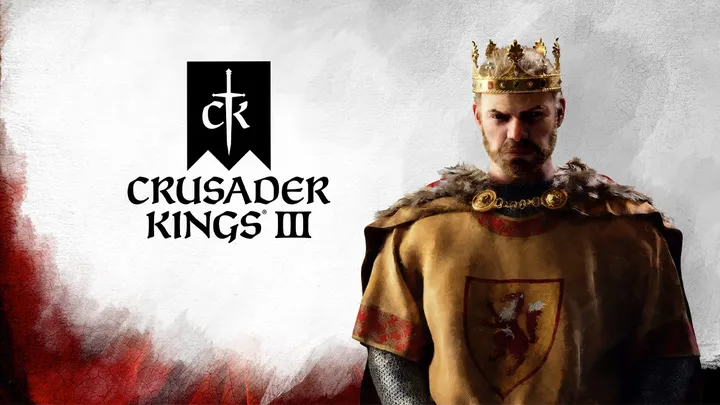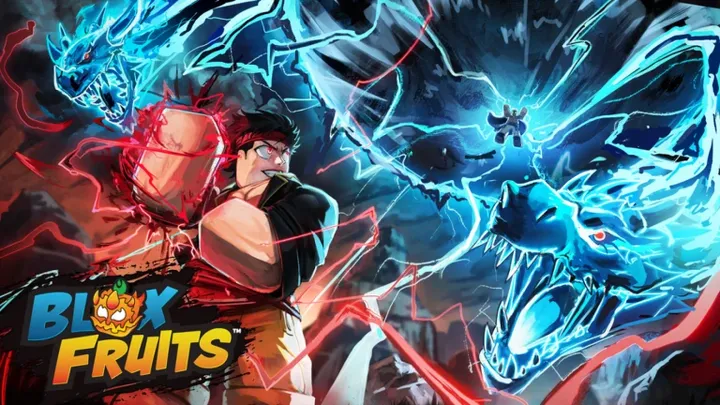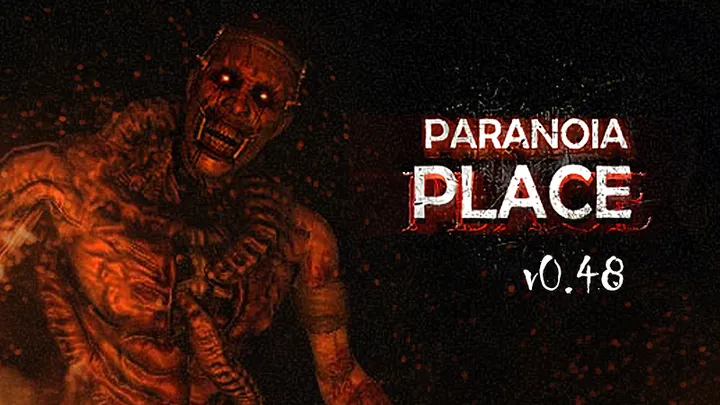Introduction
In the world of first-person shooters, few titles have shaken up the formula like The Finals. Developed by Embark Studios, this free-to-play arena shooter is built around one simple idea — everything can be destroyed. Buildings crumble, walls collapse, bridges fall apart, and entire arenas reshape dynamically in the middle of a fight.
Unlike other shooters that rely purely on accuracy and reflexes, The Finals rewards creativity, teamwork, and adaptability. Every decision — from your loadout to how you blow up a wall — can change the outcome of a match. You’re not just fighting enemies; you’re battling the physics of the environment itself.
In this extended guide, we’ll dive deep into every essential tip and advanced strategy to help you master The Finals. From class selection and loadout optimization to pro-level tactics like environmental control and map awareness, this is your ultimate roadmap to victory.
1. Understanding the Core Mechanics
The backbone of The Finals lies in its destruction system, mobility, and objective-focused gameplay. Learning how these systems interact forms the foundation of success.
Destruction Physics
Unlike static shooters, destruction in The Finals is real-time and physics-driven. Buildings collapse from structural weakness — take out support beams, and entire floors will tumble. This allows players to manipulate the environment strategically: destroy cover, create shortcuts, or trap enemies under debris.
Pro Tip: Use small explosives near walls instead of the center of structures. Targeting corners and pillars brings buildings down faster and saves ammo.
Mobility and Movement
Movement is a skill in itself. With grappling hooks, zip lines, jump pads, and parkour, the verticality of the maps opens endless tactical options. Fast players who can think three-dimensionally dominate fights.
Use sliding to dodge bullets, combine vaulting with quick turns, and keep your momentum constant — hesitation is fatal in this game’s chaos.

2. Choosing the Right Class
Every player fits into one of three categories: Light, Medium, or Heavy. Understanding these archetypes is crucial for balanced team composition.
Light Class — Speed and Stealth
The Light Class is built for hit-and-run tactics. With low health but high mobility, these players excel in stealing objectives and scouting enemies.
Recommended Loadout:
- Primary Weapon: MP5X or V9S
- Gadget: Grappling Hook
- Ability: Cloaking Device
Use vertical routes and shadows to flank enemies. Never stay still; constant motion is your defense.
Medium Class — Balance and Support
Mediums are the backbone of most teams. They have enough durability to fight and enough speed to reposition quickly.
Recommended Loadout:
- Primary Weapon: AKM or F2000
- Gadget: Healing Beam or Guardian Turret
- Ability: Recon Sensor
This class thrives in mid-range fights and team support roles, patching up allies and controlling space.
Heavy Class — Defense and Power
The tank of The Finals. They carry devastating weapons but move slower. Their job is to hold points, guard vaults, and intimidate enemies.
Recommended Loadout:
- Primary Weapon: M60 or Flamethrower
- Gadget: C4 or Barricade
- Ability: Dome Shield
Heavies shape the battlefield through presence. When one enters the room, the geometry changes — literally.
3. Weapon Mastery and Customization
Weapons in The Finals aren’t just tools; they define your tactical personality. Mastering them requires more than aim — it’s about understanding how recoil, range, and damage interact with the map.
Learning Recoil Patterns
Each gun has its own rhythm. Spend time in the practice range to memorize kickback and spray control. For instance, the AKM’s vertical recoil can be offset by pulling slightly down and to the left.
Using the Right Weapon for the Right Fight
- Close Quarters: Shotguns, SMGs, and melee weapons
- Mid-Range: Assault rifles and burst guns
- Long Range: DMRs and precision rifles
Switching weapons mid-fight based on environment gives a massive advantage.
Customization Tips
Experiment with attachments like compensators or scopes. A simple sight change can improve accuracy by 30%. Always adjust based on your role — stealth users need silencers; heavies prefer raw damage boosters.
4. Movement, Parkour, and Positioning
The Finals rewards creative positioning more than any shooter before it. Standing still is a death sentence.
Master Vertical Movement
Learn every climbable surface and zip line location. High ground isn’t just about visibility — it gives you control over destruction angles. From above, you can drop explosives onto rooftops or set up ambushes.
Slide, Grapple, and Vault Combos
Combine actions to stay fluid. Slide into cover, grapple upward, then vault over ledges to confuse enemies.
Example Combo: Slide → Grapple → Cloak → Melee kill.
The goal is unpredictability. The less predictable your movements, the harder you are to hit.
5. Destruction as a Tactical Tool
The destructible environment is your biggest weapon — if you learn to control it.
Offensive Destruction
Collapse a building that enemies are using as cover. Use C4 to drop floors beneath their feet.
Pro Strategy: Wait until enemies group near vaults, then use explosives on nearby walls or beams to wipe out the entire team in seconds.
Defensive Destruction
Sometimes the best defense is demolition. Blow up stairways to slow enemy advances, or destroy bridges to cut off flanking routes.
Control the map not by occupying it — but by reshaping it.
Environmental Awareness
Always anticipate how your destruction affects team movement. Never trap your allies under debris; coordinate before collapsing structures.

6. Team Coordination and Role Synergy
Winning in The Finals depends on communication and synergy. Lone wolves rarely survive.
Ping and Voice Communication
The ping system is intuitive — mark enemies, objectives, or entry points instantly. Combine it with quick verbal cues to form mini-tactics.
Example: “Vault top floor, collapse left wall” — that one call can change a match.
Combining Class Roles
The strongest teams blend all three roles effectively:
- Light: Scout and flank.
- Medium: Provide healing, recon, and defense.
- Heavy: Tank and area control.
Ideal Composition Example:
1 Heavy, 1 Medium, 1 Light — this covers every tactical scenario.
7. Objective Control and Game Sense
Unlike kill-focused shooters, The Finals is about cashouts and vault objectives. You win by earning money, not kills.
Understanding Vault Mechanics
Vaults appear randomly across the map. Teams must grab these vaults and deposit them at cashout stations.
Tip: Always move as a unit when transporting vaults — solo carriers are easy targets.
Defending Cashout Stations
Cashouts draw attention fast. Build barricades, use turrets, and assign one player to overwatch from above.
Pro Move: Destroy the floor beneath a cashout if an enemy takes it. They’ll lose control as the structure collapses.
8. Mastering Advanced Combat Techniques
Once you understand basics, refine your combat efficiency with precision and tactical timing.
Pre-Firing and Corner Control
When turning corners, pre-fire where enemies are likely hiding. The TTK (time-to-kill) in The Finals is short — the first shot often wins.
Recoil Reset and Burst Fire
Don’t empty entire magazines. Fire in controlled bursts to maintain accuracy.
Example: Three-shot bursts on the AKM land more hits than spray-firing an entire clip.
Using Gadgets Smartly
- Goo Grenades: Seal off doorways or protect cashouts.
- Stun Grenades: Perfect for breaching.
- Motion Sensors: Detect stealth players nearby.
Each gadget has multiple purposes — experiment until they become second nature.
9. Map Awareness and Adaptation
Knowing the map layout is like holding a tactical playbook. Every map in The Finals has unique features and breakable sections.
Familiarize With Vertical Routes
Some maps feature skyscrapers; others have underground tunnels. Learn these routes to rotate efficiently.
Environmental Hazards
Use collapsing cranes, explosive barrels, and vehicles as traps.
Pro Tip: Trigger secondary explosions using the environment instead of wasting grenades.
Map Rotation Timing
Rotate before the objective spawns to control the area. Late arrivals often face crossfire from multiple angles.

10. Continuous Improvement and Competitive Mindset
Improvement in The Finals isn’t just mechanical — it’s psychological. Every death teaches you something.
Watch and Learn
Study streamers, pro players, and replays. Observe how they control chaos, use gadgets, and reposition constantly.
Adaptability Over Perfection
No two matches are the same. The environment evolves, teams change, and destruction resets the map. Adaptation is more important than memorization.
Daily Practice Routine
- 10 minutes recoil training
- 15 minutes movement and grapple drills
- 3 matches focusing on team coordination
Consistency, not intensity, breeds progress.
Conclusion
The Finals is a rare shooter that rewards brains as much as reflexes. Every shattered wall, collapsed tower, and desperate slide through rubble is a testament to creativity in chaos. Whether you’re a Light-class infiltrator scaling rooftops or a Heavy demolishing entire blocks, victory depends on adaptability.
The best players in The Finals don’t just react — they reshape the game’s world in real time. Follow this guide to hone your mechanics, improve your strategy, and most importantly, enjoy the art of destruction that defines The Finals.
You’re not just a player — you’re the architect of the battlefield.

















